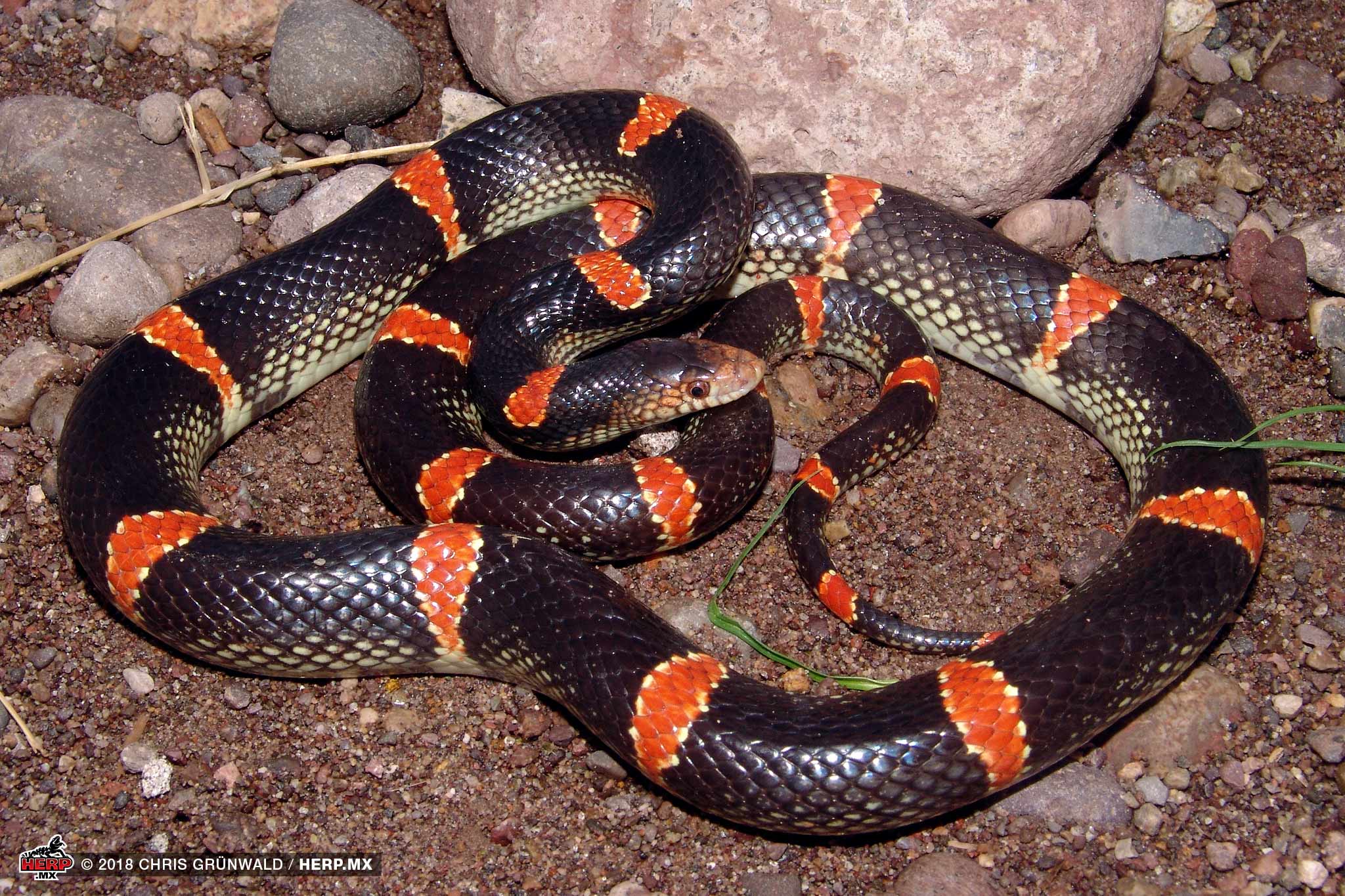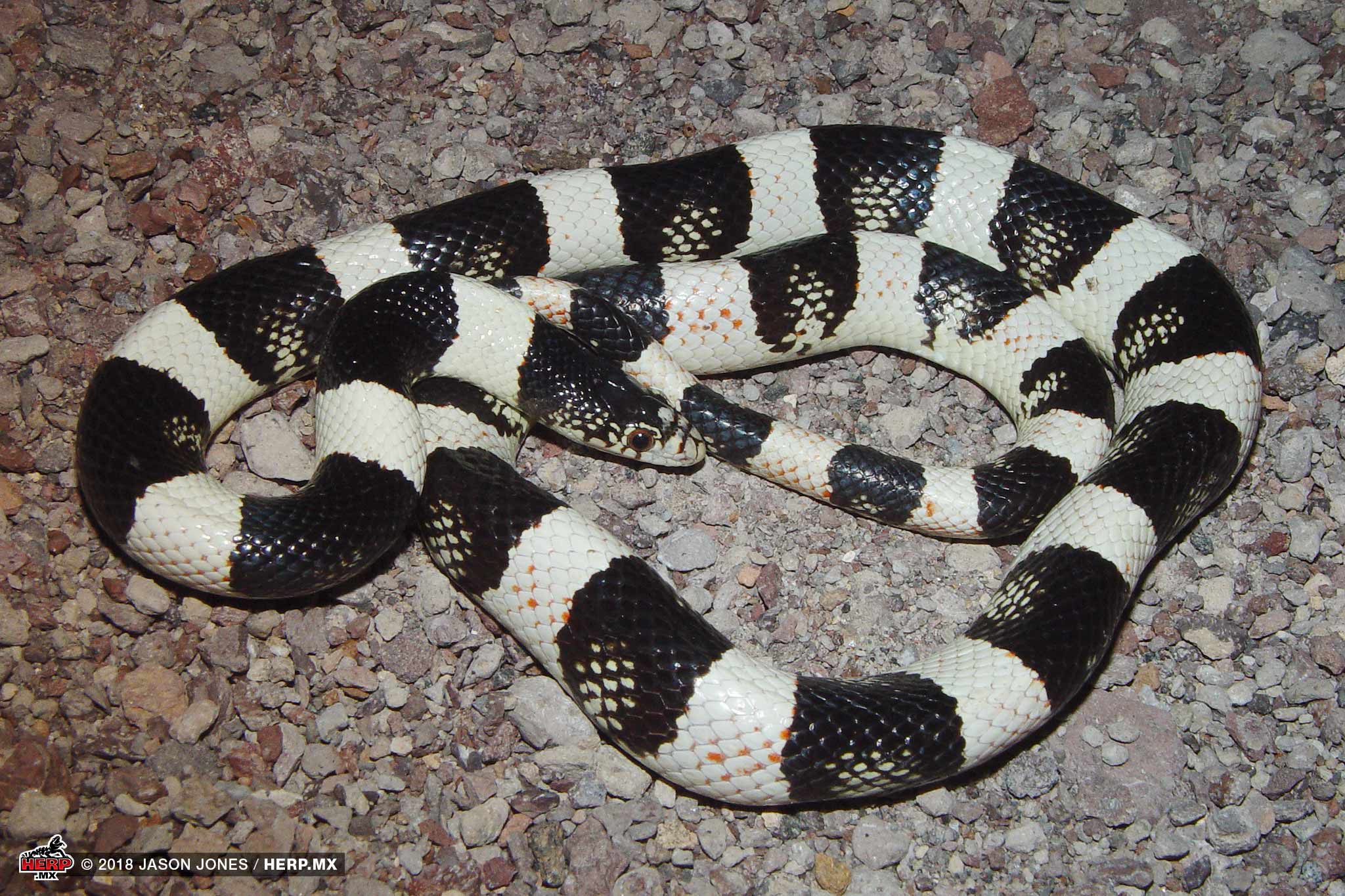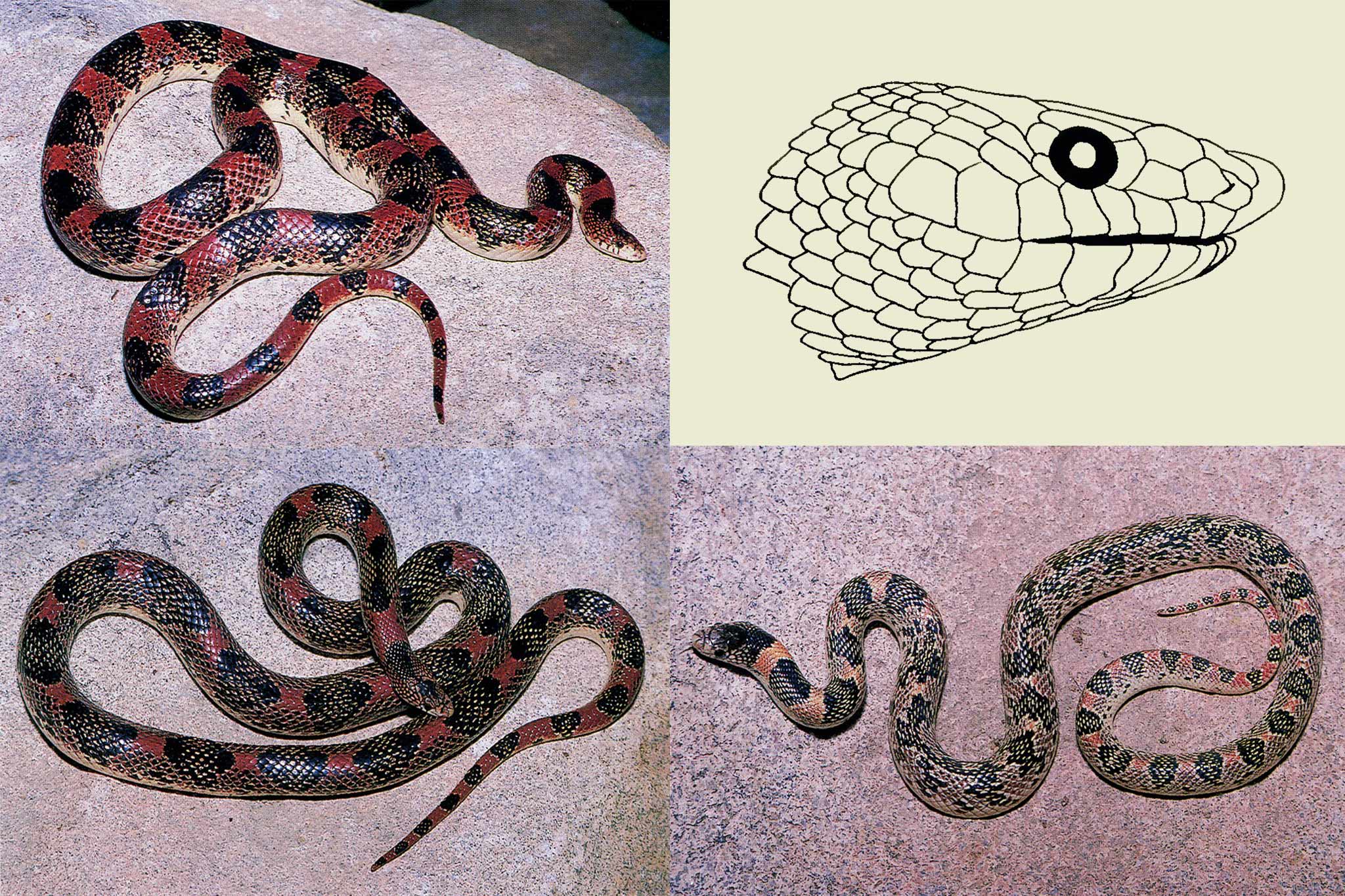
Field Report: 2018-10-11
Herping's a Beach
The HERP.MX team takes a break from herping to relax...and herp
Islands
Seafood
Target Species

Just 11km off the coast of Baja Peninsula sits an uninhabited island officially and controversially labeled: Isla Jaquez Cousteau. The 29km island wasn’t always uninhabited and of course it didn’t always bear the name of the French researcher. The first mention was by the Spanish explorer Fortín Jiménez, who called it Isla de Santiago in 1533. It would later be referred to as Isla de las Perlas, or Pearl Island – a moniker that likely attracted the attention of another Spanish explorer (and pearl hunter): Francisco de Ortega.
In 1632, Captain Francisco de Ortega found himself on the coast of modern-day Nayarit near the town of Acaponeta. Despite King Phillip IV’s moratorium on exploration in the Californias, Francisco de Ortega was able to secure authorization from the Viceroy of Nueva Espana (present-day Mexico, and then some), Rodrigo Pacheco y Osorio de Toledo, 3rd Marquis of Cerralvo. The Pearl Hunters’ first stop? Isla de las Perlas near the Bay of La Paz, which he immediately christened: Isla Cerralvo.
Despite the name change, the island’s reputation among pearl hunters persisted for centuries. In 1899, Baja businessman Antonio Ruffo acquired a concession to farm and harvest pearls on Isla Cerralvo. Though the operation was later abandoned with the Mexican Revolution, the deserted structures of the Ruffo Ranch remained over half a century later when a 30 year-old budding ornithologist named Richard C. Banks and a 25 year-old future conservation biologist, Michael E. Soulé, found themselves conducting biological surveys on the otherwise deserted island.
On October 29th, 1961, 7 days into a 19 day trip, the pair was searching areas near the Ruffo Ranch when they stumbled upon a four-foot banded snake coiled in the shade of a bush. Closer inspection revealed the snake was in the process of swallowing a Desert Iguana (Dipsosaurus sp.), which it promptly regurgitated. Banks would later report the find as the 2nd specimen of the Baja Cape Kingsnake (Lampropeltis getula conjuncta) in his summary of herpetofaunal observations two years later. Unknown to both biologists at the time, the herpetological pearl they’d found under the bush wasn’t a Cape Kingsnake, or even a kingsnake at all.
The misidentification was caught and corrected in a publication by Soulé just a few years later. The snake they’d encountered mid-breakfast wasn’t a Lampropeltis, but a Longnose Snake (Rhinocheilus sp.) — some 540km south of what was (at the time) the nearest known record on the Baja Peninsula near Colonet, and a sea away from Rhinocheilus antonii on the Pacific coast of mainland Mexico. As astounding as that might be, and as new-species-happy as herpetologists were at the time, by some miracle the snake managed to escape further scrutiny for another 20 years.


July of 1985 finds the legend of Baja herpetology, Lt. Victor M. Velazquez, on the southern end of Isla Cerralvo. While nightwalking the dunes near the lighthouse, he stumbles upon a second pearl: a neonate Longnose Snake (Rhinocheilus sp.). Victor would later show the specimen to a another living legend, L. Lee Grismer, who confirmed suspicions that the snake represented a new species. An additional two specimens were found in April of 1987 (one of which was collected and later lost in shipping) and served as the impetus for Victor and Lee to join forces in settling the mystery of these island Longnose snakes. On June 14th of that same year, the pair travelled to Isla Cerralvo and while hiking Arroyo Viejo, Victor spotted and secured not one, but two additional Longnose Snakes (Rhinochielus sp.). Now with multiple specimens in hand, Grismer’s detailed review revealed that these island Rhinocheilus represented a new species, R. etheridgei and their morphology suggested they were most closely related to the mainland subspecies Rhinocheilus antonii. The brilliantly colored snakes had likely floated to the desert island from mainland Mexico on a course probably not too dissimilar from the one Captain Francisco de Ortega took in 1632.

In the time since the description, only 3 additional specimens have been observed, including two others found by Victor (one in 1995 and another in 2016), and a single specimen spotted by pitviper enthusiast, Brendan O’Connor while searching for Crotalus mitchelli on the island in September of 2016. But despite these relatively recent observations, no specimens or tissue samples were available for molecular analysis – which meant the HERP.MX team now had a trip target: the Cerralvo Longnose Snake (Rhinocheilus etheridgei).
The HERP.MX Field Team, significant others, and offspring arrived in La Paz, Baja California Sur and (after congratulating the newly engaged couple) promptly kicked off the "relaxation" with some herping.
Some casual searching in the vicinity of the bay produced the standard variety pack of southern Baja herpetofauna. Despite being relatively common and abundant species, the vipers and Colubrids provided some additional samples for the Scales of Biodiversity project.
Since no family-oriented excursion is complete without some trash flipping, the team visited the outskirts of La Paz for a quick Bipes hunt. The genus Bipes is comprised of three species: two on mainland Mexico, B. tridactylus and B. canaliculatus (a three-toed and four-toed form, respectively) and then a third five-toed form on the Baja Peninsula, B. biporus. These unique amphisbaenians use their two shovel-like limbs to tunnel through the soil in search of small invertebrates. La Paz happens to be the Bipes capital, and urban trash piles are prime habitat.
Aside from being a spectacular time to observe Baja's herpetofauna, October also happens to kick-off the season to view marine life in the Gulf of California. HERP.MX's Hector Franz was able to guide the team to the region's wonders
Since meaningful herping requires meaningful targets, the HERP.MX Field Team took a break from taking a break, to try its luck on Isla Cerralvo. A short boat ride from La Paz, the team arrived on the southern end of the island just after sunset — wives, girlfriends, fiancés, offspring, and biologists from the Scales of Biodiversity Project in tow.
Just a short time after unloading, HERP.MX's Brandon La Forest spotted the first target of the trip, an adult Cerralvo Island Rattlesnake (Crotalus enyo cerralvensis). Venom and blood samples were taken for the Scales Project.
The following minutes produced several additional vipers, including the 2nd target for the island: Crotalus mitchelli, and several other Cerralvo endemics. A single Savage Sand Snake (Chilomeniscus savagei) was observed on the dunes, and a handful of sleepy Cerralvo Island Spiny Lizard (Sceloporus grandaevus) were spotted resting in branches.
Within the first half-hour the team had managed three of the island's five endemic herp species. Unfortunately, one of our targets was among the outstanding two: the Cerralvo Island Longnose Snake (Rhinocheilus etheridgei).
And with a stroke of luck, HERP.MX's Chris Rodriguez's flashlight beam landed on a banded snake as it moved through the leaflitter below a small shrub along the beach — its head elevated above the sandy soil. Closer inspection revealed the 10th known specimen of the Cerralvo Island Longnose Snake (Rhinocheilus etheridgei) and our 3rd target species of the trip.
A short night's sleep was followed by a shorter ride back to the peninsula. While the majority of the team began their return trips home, Chris Grünwald and Brandon La Forest decided to leverage that island luck four hours north on Isla Santa Catalina with sights on a Hail Mary target: Lampropeltis catalinensis.
The enigmatic Isla Santa Catalina Kingsnake is known from just a single specimen collected by Joseph Slevin and Joseph Chamberlin nearly a century ago. The adult male snake was found on June 12th, 1921 in the center of a cactus and the species was described later that same year. Otherwise the only sign of the species existence was a single shed reported by Frank Cliff a couple decades later.
The remaining HERP.MX Field Team members arrived in Loreto in the afternoon, but choppy conditions would delay their departure for the island until the following morning. Full sun meant a short window of suitable temperatures for surface activity, but the team was able to spot a couple of the island's endemic gems.
Several Catalina Desert Iguanas (Dipsosaurus catalinensis) and the rattleless Catalina Rattlesnake (Crotalus catalinensis) were spotted, but unfortunately no kingsnakes were to be found. And with that the team boarded the boat back to the peninsula before starting their trips home.
Thanks to Victor M. Velazquez and Robert Hansen for their help with portions of this report.